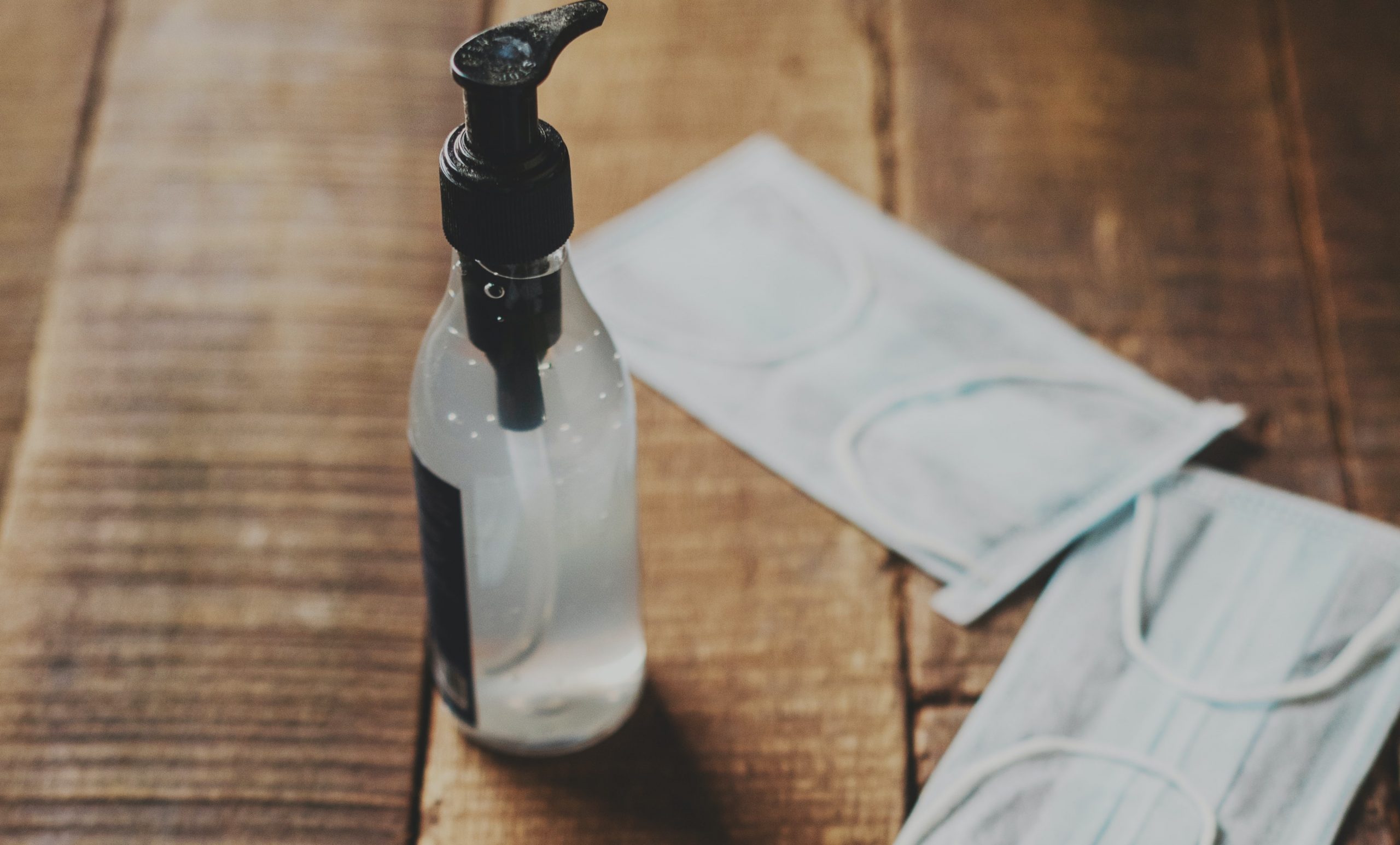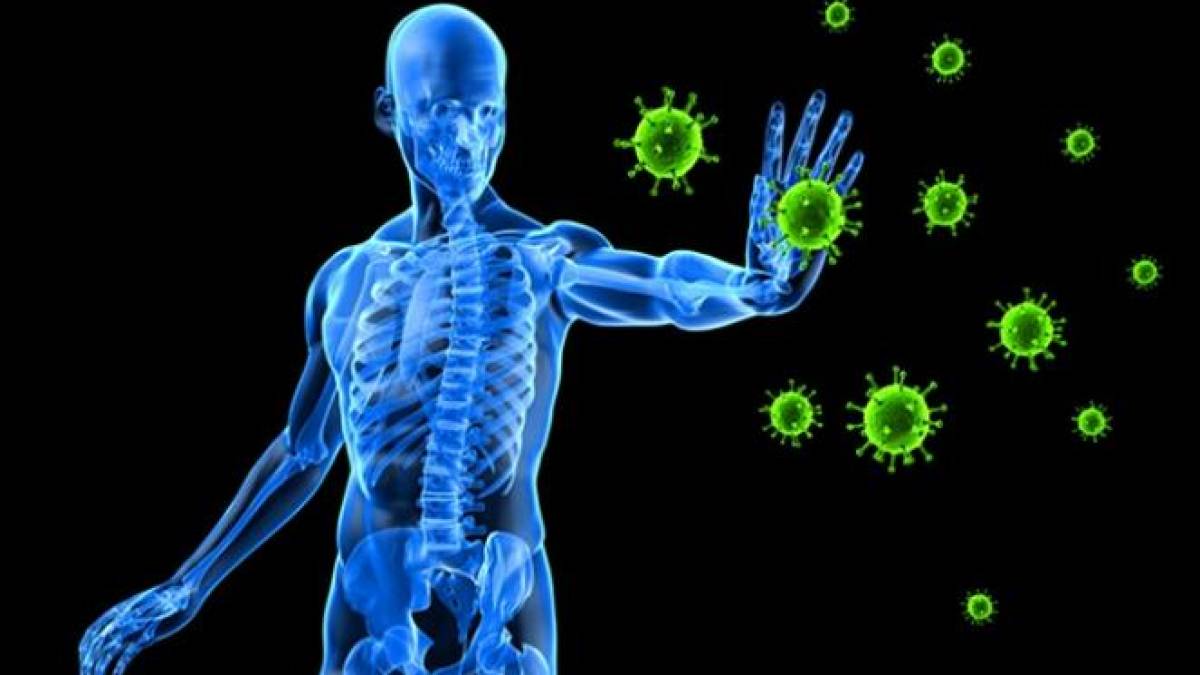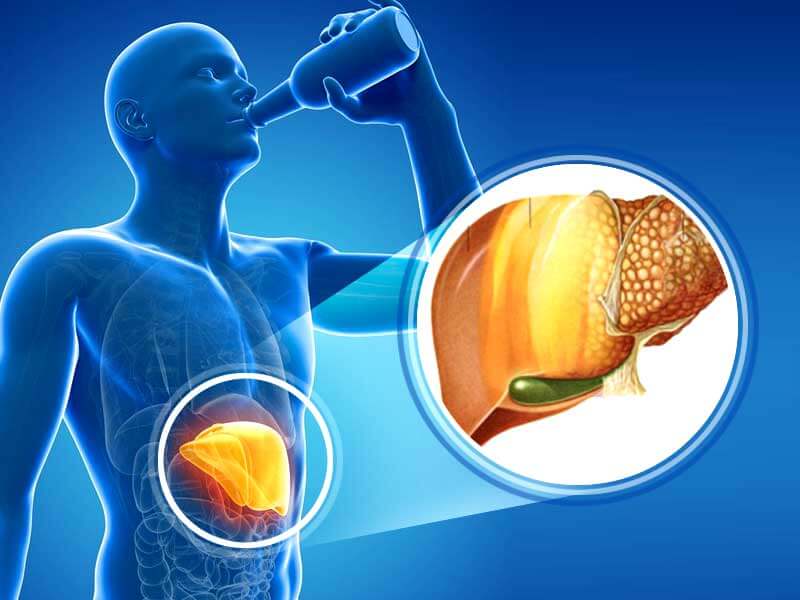Diabetes is now truly an epidemic! The number of patients diagnosed with the disease, continue to rise in a daunting figure; many are in a dilemma how to resolve this problem, while several others are under the spell of misconceptions and myths about diabetes. Before delving deep into this condition, it is very important to know what our body does with the food we consume.
What happens Post-Digestion?
The foods we consume are made up of three basic nutrients- carbohydrates, proteins and fats. As the food is digested, carbohydrates are turned into sugar (glucose) for the production of energy. During this process, a series of chemical reactions take place, starting with the flow of sugar from stomach that reaches muscles and fat cells through blood stream. The entry of sugar into these cells is aided by insulin, a hormone produced by pancreas. Insulin acts as a key in opening the doors of each body cell, thereby allowing sugar to enter. These cells then use this sugar to generate energy needed for the growth and regeneration of the whole body. Sugar entering the blood stream from the stomach is thus able to exit at the muscle and fat cells.
Who is Diabetic?
In simple terms, a person becomes diabetic when his sugar levels in the body become uncontrollably high. It can happen in two ways, either the pancreas stop producing enough insulin or the body cells become underactive resulting in the accumulation of sugar in blood stream. As the sugar fails to enter the cells, the body becomes weak and turns underactive to make the fuel it needs. The problem may be manifested through symptoms like weight loss, tiredness, constant hunger, frequent urination and change in vision. Overtime, exposure to this extreme sugar levels can cause damage to vital organs connected to the blood stream.
Ayurveda on Diabetes
The traditional healthcare system of India, Ayurveda, offers a balanced and holistic multi-modality approach to treating this disorder. This ancient Indian medical system describes diabetes under the broad category of ‘Prameha’. Ayurveda considers diabetes in three stages- early (Kaphaja Prameha), acute (Pittja Prameha) and chronic (Vataja Prameha). Ayurveda insists each individual to understand his own nature and asks to cultivate eating habits according to it. The insufficient digestion leads to incomplete metabolism and paves way to the creation of ama, a toxic material. Ama forms a cover in the small intestine and duodenum thereby prohibiting the secretion of essential enzymes needed for the health of cells. Ayurveda also accuses stress as a psychic factor which can also cause neuroendocrine changes. Ayurveda recognizes the impact of emotional changes on diabetes and considers emotions as psycho- physiological phenomenon effecting automatic responses that may result in hyperglycemia and hypoglycemia. Ayurveda’s diabetes care encompasses herbs, healthy diet, yoga, and meditation to counter this life-threatening disease.
Since ancient times, plants have been an exemplary source of medicine and Ayurveda mentions the use of many of them in the treatment of Prameha. These plants also supplement us with effective home remedies to pacify the effect of diabetes in our body. Some of them are as follows:-
• BITTERGOURD – This healthy rich vegetable has the power to lower the blood sugar in diabetes. This vegetable reduces glucose transport into the blood.
Remove the skin and seeds of five bitter gourds and make a juice by grinding it on a juicer. Drink on empty stomach every morning.
• CINNAMON – This miraculous spice is a safe and effective way to help control blood sugar level. The aromatic and flavorsome spice can also replace sweetener in your meals which helps in reducing your sugar intake.
Boil one liter of water and let it simmer for 20 minutes in low flame. While it is simmering add three tbsp. of cinnamon powder. Strain the mixture and drink it every day.
• FENUGREEK SEEDS – Fenugreek plant has sharp bitter-tasting seeds that are extremely beneficial for treating diabetic conditions. It has anti-diabetic properties that can enhance insulin secretion for hyperglycemic patients.
Soak four tbsp. of fenugreek seeds in 250 ml of water overnight. Crush them in the morning. Sieve the mixture and collect the water. Drink it daily.
Yoga for Diabetes
This chronic disease is effectively controlled if you make yoga an essential part of your daily life. Yoga increases insulin stimulation and lowers blood sugar levels. The controlled breathing involved in various asanas also counter the mood swings accompanied with the disease and makes you focused and concentrated.
• ARDHA MALSYENDRASANA – This yoga stance detoxifies all your internal organs including your pancreas and makes your body work in a balanced way.
• PASCHIMOTTASANA – Cortisol, the stress hormone raises your blood sugar level. Doing this yoga stance relaxes your body and decreases the stress hormone back to the normal level.
With diabetes blanketing over the health of the modern world, it’s now time for us to resort to the best treatment practice in the Word – Ayurveda.
It teaches one simple thing – One third of the stomach should be for food, one third for water and the remaining for the digestion process to take place. This magical mantra will sure keep your diabetes at bay. Follow the health schedule prescribed by this holistic system of medicine and bask in a diabetes-free life.
- Covid 19 Measures - August 21, 2020
- How to Boost your Immune System with Ayurveda? - April 1, 2020
- 10 Superfoods to keep you cool during the Summer Season - March 25, 2020






